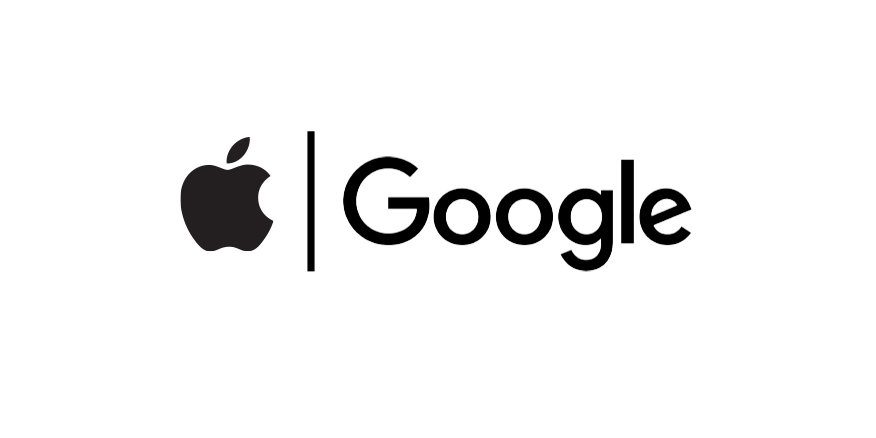Schlagwort: Company announcements
-

An update on Exposure NotificationsAn update on Exposure NotificationsVP of Engineering
Reading Time: 4 minutesIn May, we partnered with Apple to launch the Exposure Notifications System (ENS) and made it available to public health authorities around the world in their fight against COVID-19. The ENS allows public health authorities to develop apps that augment manual contact tracing efforts while preserving the privacy of their citizens. As…
-

Exposure Notification API launches to support public health agenciesExposure Notification API launches to support public health agencies
Reading Time: 2 minutesNote: The following is a joint statement from Apple and Google. One of the most effective techniques that public health officials have used during outbreaks is called contact tracing. Through this approach, public health officials contact, test, treat and advise people who may have been exposed to an affected person. One new…
-

Apple and Google partner on COVID-19 contact tracing technologyApple and Google partner on COVID-19 contact tracing technology
Reading Time: 2 minutesAcross the world, governments and health authorities are working together to find solutions to the COVID-19 pandemic, to protect people and get society back up and running. Software developers are contributing by crafting technical tools to help combat the virus and save lives. In this spirit of collaboration, Google and Apple are…

